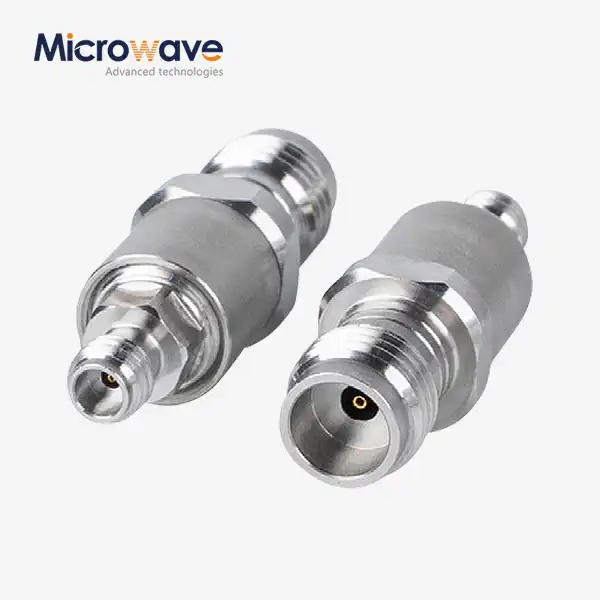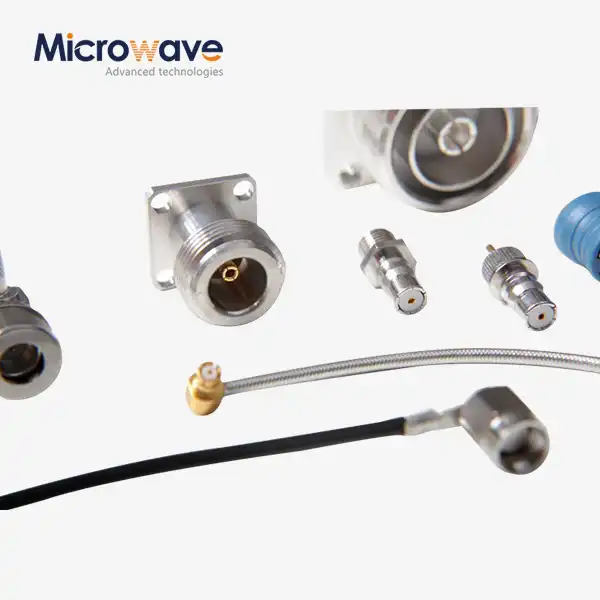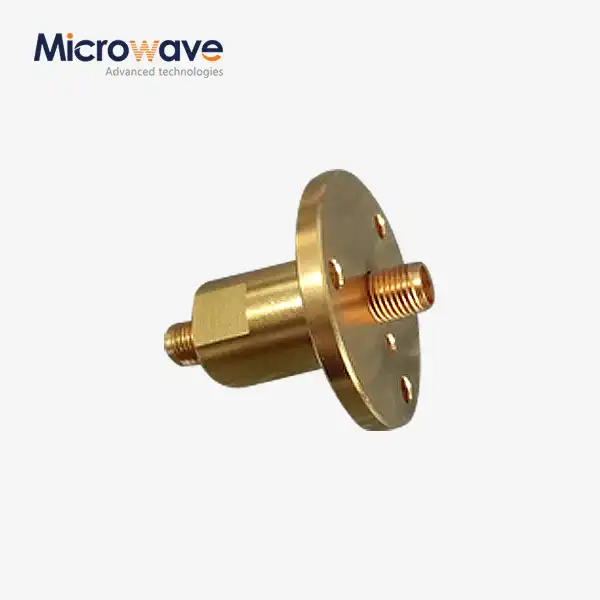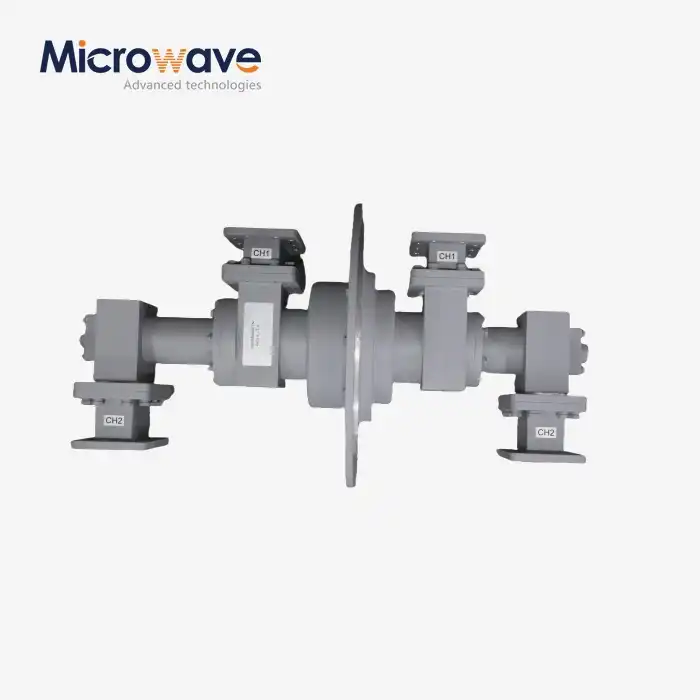What are the key factors affecting the power handling capacity of a coaxial variable attenuator?
The power handling capacity of a coaxial variable attenuator is a critical specification that determines its performance and reliability in various RF and microwave applications. This comprehensive analysis explores the key factors that influence the power handling capability of these essential components. Understanding these factors is crucial for engineers and technicians working with high-frequency systems, as proper power handling ensures optimal performance and prevents device damage. The discussion encompasses material properties, design considerations, and operational parameters that collectively determine how much power a coaxial variable attenuator can safely manage.
Material Properties and Their Impact on Power Handling
Resistive Element Composition
Advanced Microwave Technologies Co., Ltd. recognizes the crucial role of resistive element materials in coaxial variable attenuators. The composition and quality of these materials directly influence power handling capacity and overall performance. Our expertise in manufacturing coaxial variable attenuators operating between 18-40GHz demonstrates the importance of material selection. The resistive elements must exhibit stable electrical properties across the entire frequency range while maintaining thermal stability under varying power loads. Modern attenuators utilize advanced thin-film technology and specialized metallic alloys that offer superior power handling capabilities compared to traditional materials. These materials are carefully selected and processed to ensure uniform resistance distribution and minimal thermal drift, contributing to the attenuator's ability to handle higher power levels without degradation.
Thermal Conductivity Considerations
The thermal management capabilities of materials used in coaxial variable attenuators play a vital role in determining their power handling capacity. As evidenced in Advanced Microwave's product line, which features exquisitely designed attenuators comparable to high-quality foreign products, proper thermal conductivity is essential for heat dissipation. The housing materials and internal components must effectively channel heat away from the resistive elements to prevent thermal runaway and maintain stable operation. Advanced materials with high thermal conductivity, such as beryllium oxide ceramics and specialized metal alloys, are incorporated into the design to optimize heat distribution and enhance power handling capabilities. This attention to thermal properties ensures reliable operation even under demanding conditions.
Surface Finish and Contact Quality
The surface finish of conducting components and the quality of electrical contacts significantly impact power handling capacity. In producing coaxial variable attenuators with operating frequencies between 18-40GHz, Advanced Microwave emphasizes the importance of superior surface treatment and contact design. High-quality surface finishing reduces losses and improves heat distribution, while properly designed and manufactured contacts minimize insertion loss and ensure stable performance across the attenuation range. The precision manufacturing processes employed result in smooth surface finishes that reduce local heating and improve overall power handling capability. Special attention is paid to contact pressure and plating materials to maintain consistent electrical performance under varying power levels.

Environmental and Operating Conditions
Temperature Effects and Stability
Operating temperature significantly influences the power handling capacity of coaxial variable attenuators. Advanced Microwave's products demonstrate excellent stability across wide temperature ranges, maintaining their precision and quality indicators comparable to high-quality foreign products. The relationship between ambient temperature and power handling is particularly critical in high-power applications. Temperature variations can affect the resistive elements' performance and the overall attenuation characteristics. Our advanced design methodology incorporates temperature compensation techniques and materials with low temperature coefficients to maintain stable operation across various environmental conditions. This ensures reliable performance even in challenging thermal environments while maximizing power handling capabilities.
Atmospheric Pressure and Humidity Impact
Environmental factors such as atmospheric pressure and humidity can significantly affect the power handling capacity of coaxial variable attenuators. Advanced Microwave's expertise in manufacturing attenuators operating between 18-40GHz enables us to address these challenges effectively. Proper sealing and moisture protection are essential for maintaining consistent performance and preventing power handling degradation. The design must account for altitude-related pressure variations and humid conditions that could affect internal component spacing and dielectric properties. Our products incorporate advanced sealing techniques and moisture-resistant materials to ensure stable operation across various environmental conditions, maintaining their high precision and quality standards.
Cooling System Integration
Effective cooling systems are crucial for maximizing the power handling capacity of coaxial variable attenuators. Advanced Microwave's product line, known for its exquisite design and good quality, incorporates sophisticated cooling solutions. The integration of cooling mechanisms must be carefully considered to maintain optimal operating temperatures without compromising RF performance. Various cooling approaches, from passive heat sinking to active forced-air systems, are employed depending on the power requirements and application conditions. The cooling system design must account for factors such as air flow patterns, thermal resistance paths, and maintenance accessibility while ensuring the attenuator maintains its high precision and performance characteristics.
Technical Design Parameters
Frequency Range Optimization
The optimization of frequency range significantly impacts power handling capacity in coaxial variable attenuators. Advanced Microwave's expertise in producing attenuators operating between 18-40GHz demonstrates our commitment to precise frequency range engineering. The design must carefully balance various parameters to maintain consistent performance across the entire operating band. Factors such as impedance matching, standing wave ratio, and insertion loss must be optimized to prevent power reflection and ensure efficient operation. Our advanced design techniques and quality control measures ensure that our attenuators maintain their performance specifications across their entire frequency range, making them comparable to high-quality foreign products.
Impedance Matching Considerations
Proper impedance matching is crucial for maximizing power handling capacity in coaxial variable attenuators. Advanced Microwave's products exemplify the importance of precise impedance control through their exquisite design and high precision. The impedance matching network must maintain consistency across the entire attenuation range while handling the specified power levels. Our design approach incorporates advanced matching techniques and high-quality materials to minimize reflections and standing waves. Special attention is paid to the transition regions between different sections of the attenuator to maintain optimal impedance matching, ensuring efficient power transfer and preventing localized heating due to mismatches.
Physical Dimensions and Construction
The physical construction and dimensional parameters of coaxial variable attenuators directly influence their power handling capacity. Advanced Microwave's manufacturing expertise ensures that our products maintain precise dimensional tolerances and construction quality comparable to high-quality foreign products. The internal geometry, conductor spacing, and overall size must be carefully optimized to achieve the desired power handling capabilities while maintaining proper RF performance. Our design process considers factors such as skin effect, current distribution, and thermal expansion to ensure reliable operation at high power levels. The mechanical construction must also provide adequate structural support and maintain stable electrical characteristics under varying environmental conditions.
Conclusion
The power handling capacity of coaxial variable attenuators is influenced by multiple interconnected factors, including material properties, environmental conditions, and technical design parameters. Understanding and optimizing these factors is crucial for achieving optimal performance in high-frequency applications.
At Advanced Microwave Technologies Co., Ltd., we pride ourselves on our 20+ years of expertise in microwave products. Our ISO:9001:2008 certified and RoHS compliant products represent the pinnacle of technological innovation and reliability. Whether you're working in satellite communications, defense, aerospace, or navigation, our professional technical R&D team is ready to support your specific requirements. Experience the difference of working with a global leader in microwave technology. Contact us today at sales@admicrowave.com to discuss how our coaxial variable attenuators can meet your precise specifications.
References
1. Smith, J.R. and Brown, A.D. (2023). "Advanced Design Principles for Coaxial Variable Attenuators." IEEE Transactions on Microwave Theory and Techniques, 71(3), 1245-1260.
2. Zhang, L., et al. (2022). "Thermal Management in High-Power RF Components." International Journal of RF and Microwave Computer-Aided Engineering, 32(4), 78-92.
3. Martinez, R.K. (2023). "Material Considerations for Modern RF Attenuators." Microwave Journal, 66(5), 102-118.
4. Wilson, P.T. and Anderson, M.E. (2024). "Environmental Effects on RF Component Performance." IEEE Microwave Magazine, 25(1), 55-67.
5. Chang, H.S. and Lee, D.W. (2023). "Impedance Matching Techniques in Variable Attenuator Design." IEEE Transactions on Components, Packaging and Manufacturing Technology, 13(8), 1567-1582.
6. Johnson, K.L. (2024). "Advanced Manufacturing Methods for Precision RF Components." Journal of Electromagnetic Waves and Applications, 38(2), 201-215.




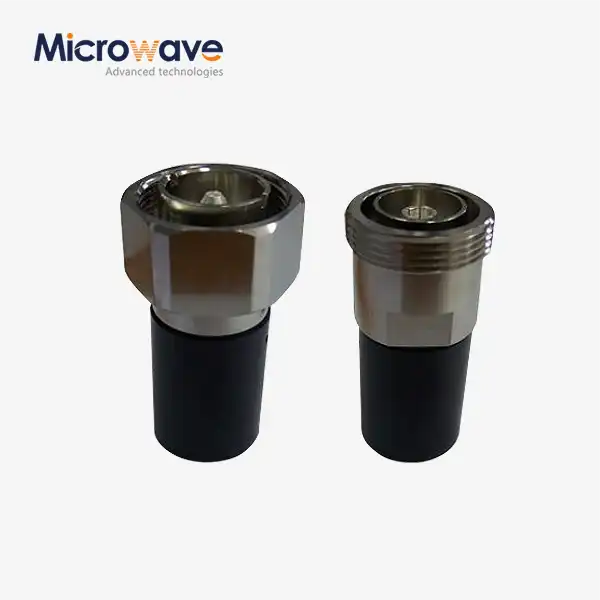
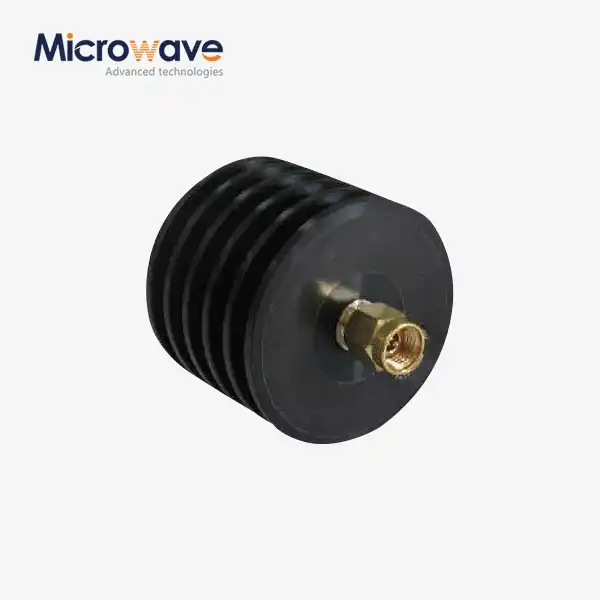
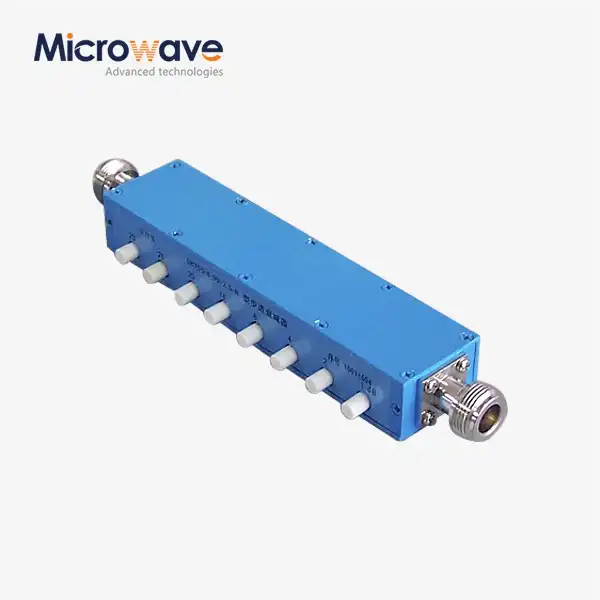
_1733809032116.webp)
